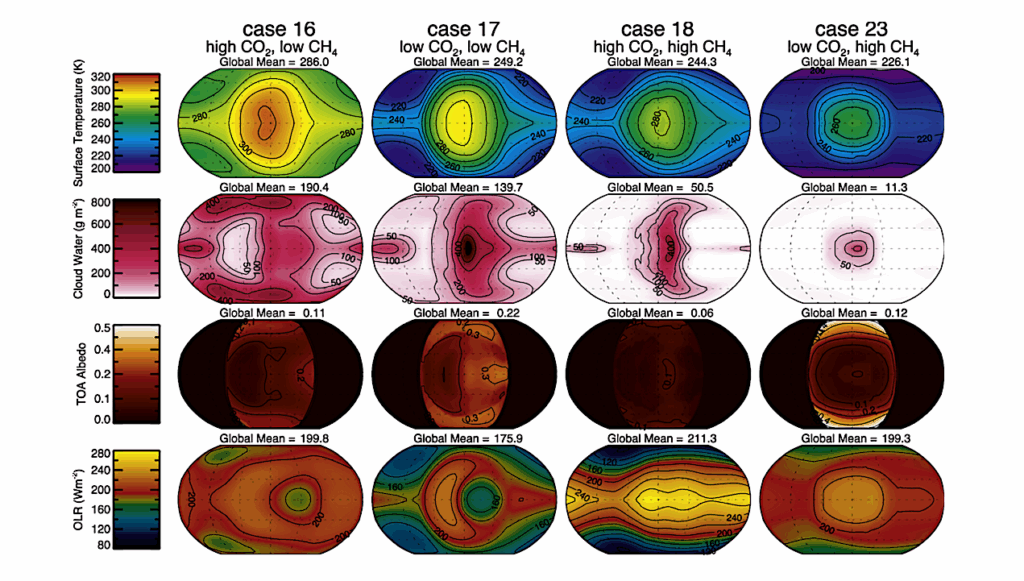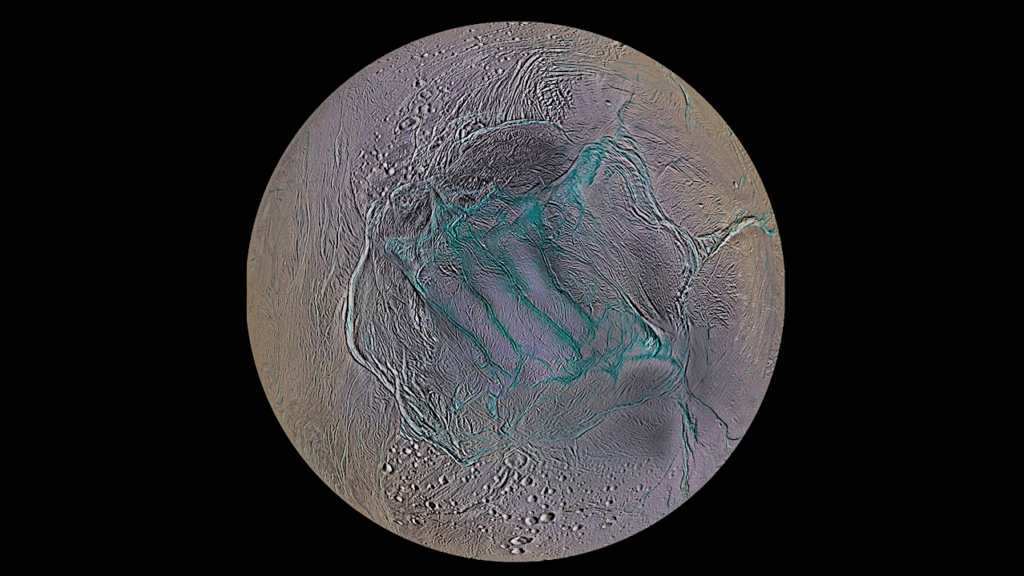Mantle Degassing Lifetimes through Galactic Time and the Maximum Age Stagnant-lid Rocky Exoplanets can Support Temperate Climates

The ideal exoplanets to search for life are those within a star’s habitable zone. However, even within the habitable zone planets can still develop uninhabitable climate states.
Sustaining a temperate climate over geologic (∼Gyr) timescales requires a planet contain sufficient internal energy to power a planetary-scale carbon cycle. A major component of a rocky planet’s energy budget is the heat produced by the decay of radioactive elements, especially 40K, 232Th, 235U and 238U. As the planet ages and these elements decay, this radiogenic energy source dwindles. Here we estimate the probability distribution of the amount of these heat producing elements (HPEs) that enter into rocky exoplanets through Galactic history, by combining the system-to-system variation seen in stellar abundance data with the results from Galactic chemical evolution models.
Using these distributions, we perform Monte-Carlo thermal evolution models that maximize the mantle cooling rate. This allows us to create a pessimistic estimate of lifetime a rocky, stagnant-lid exoplanet can support a global carbon cycle and temperate climate as a function of its mass and when it in Galactic history. We apply this framework to a sample of 17 likely rocky exoplanets with measured ages, 7 of which we predict are likely to be actively degassing today despite our pessimistic assumptions. For the remaining planets, including those orbiting TRAPPIST-1, we cannot confidently assume they currently contain sufficient internal heat to support mantle degassing at a rate sufficient to sustain a global carbon cycle or temperate climate without additional tidal heating or undergoing plate tectonics.
Cayman T. Unterborn, Bradford J. Foley, Steven J. Desch, Patrick A. Young, Gregory Vance, Lee Chieffle, Stephen R. Kane
Comments: Accepted to ApJ Letters
Subjects: Earth and Planetary Astrophysics (astro-ph.EP); Astrophysics of Galaxies (astro-ph.GA); Solar and Stellar Astrophysics (astro-ph.SR)
Cite as: arXiv:2204.04243 [astro-ph.EP] (or arXiv:2204.04243v1 [astro-ph.EP] for this version)
Submission history
From: Cayman Unterborn
[v1] Fri, 8 Apr 2022 18:34:11 UTC (7,869 KB)
https://arxiv.org/abs/2204.04243
Astrobiology,








